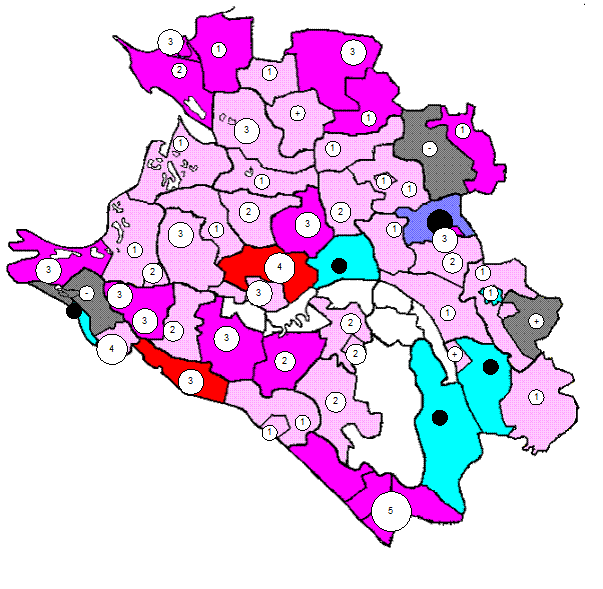Учитесь читать и переводить. Текст 6.6. Прочитайте текст
Текст 6.6. Прочитайте текст. Определите его основную тему. Озаглавьте текст.
Josephson logic and memory circuits make use of essentially conventional passive components and a rather sophisticated active device. The two phenomena underlying the operation of the active devices are superconductivity and electron tunneling. The first of these, superconductivity, discovered by Kammerlingh Onnes, was explained in detail by Bardeen, Cooper, and Schrieffer. All four received Nobel prizes in physics for their work. Electron tunneling received its first practical application with the invention of the semiconductor tunnel diode by Esaki in 1957. The second important tunneling discovery was that of superconductive tunneling by Giaever. Lastly, Josephson predicted that magnetic field-sensitive supercurrents should flow through a tunnel junction with a frequency proportional to the voltage across the junction. The tunneling discoveries of Esaki and Giaever and V the predictions of Josephson led to a "tunneling" Nobel prize in physics, awarded hi 1973. That the superconductive tunnel junction, combined with a means of controlling the magnitude of the zero-voltage current, forms a fast, low-power logic and memory device was recognized in 1967 by Matisoo. Matisoo designed and fabricated such devices and established their static and dynamic properties in simple circuits.
Текст 6.7. Прочитайте текст. Составьте структурно-логическую схему типов памяти. Используйте также информацию Основного текста.
Large Scale Integration; Memories There are a number of types of memory which can be used as ICs in digital electronics. These include a. Random-Access Memory (RAM), wherein each memory word is accessed for reading or writing via a specific address, access time being approximately equal for any combination of successive locations. b. Serial Access Memory (SAM), wherein the memory consists of a circular shift register (serial output connected to serial input). A counter keeps track of the "address" of the bit available for reading and writing (the serial output and input bits). To read or write a given address, the register is shifted until the counter matches the desired address: clearly a large change of address takes longer than a short one. c. Read-Only Memory (ROM), in which the binary contents are wired in at the factory as a step in the 1C manufacturing procedure. These act like PAMs, except it is not possible to change the contents. Although it is possible to obtain custom-designed ROMs, they are too expensive for production in small quantities. d. Programmable ROMs (PROMs), which can be written using special equipment. These hold their contents until erased with high-intensity ultraviolet light and re-programmed. e. Programmed Logic Arrays (PLAs), some of which can also be programmed, do not have a full-scale memory complement, but are an expensive way of making a ROM-like device, in which not all inputs codes correspond to defined outputs and a given output can be specified by more than one input code. RAMs are used for temporary data storage because they are volatile: that is their contents are lost if power is removed. ROMs, PROMs, and PLAs are non-volatile, but cannot be written on during normal operation. A number of new memory types have recently appeared. We can expect corelike RAMs to become available in the near future. RAMs, being used for temporary data storage, are good "scratch pads" for digital devices; they are used as computer memories for the full range of computer sizes, often in a mixture of ROM, RAM, and core memory. ROMs and PROMs are used for permanent storage, such as the programs in microcomputers, and start-up programs in larger machines. They are also used to sequence sequential machines from one state to the next, and they are very useful for data conversion, table lookup (trigonometric tables, for example), and generation of complex logical functions. A PROM is used to test a new memory content: if it is correct, a ROM is manufactured with the same content if the number of devices or speed requirements (ROMs are faster) justify the expense; PROMs are used for slower devices produced in smaller quantities.
|




